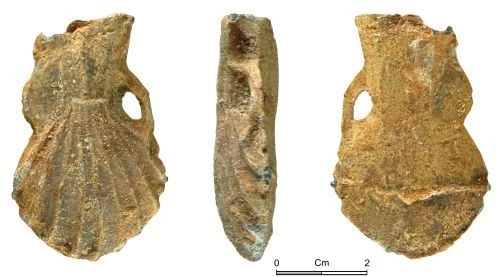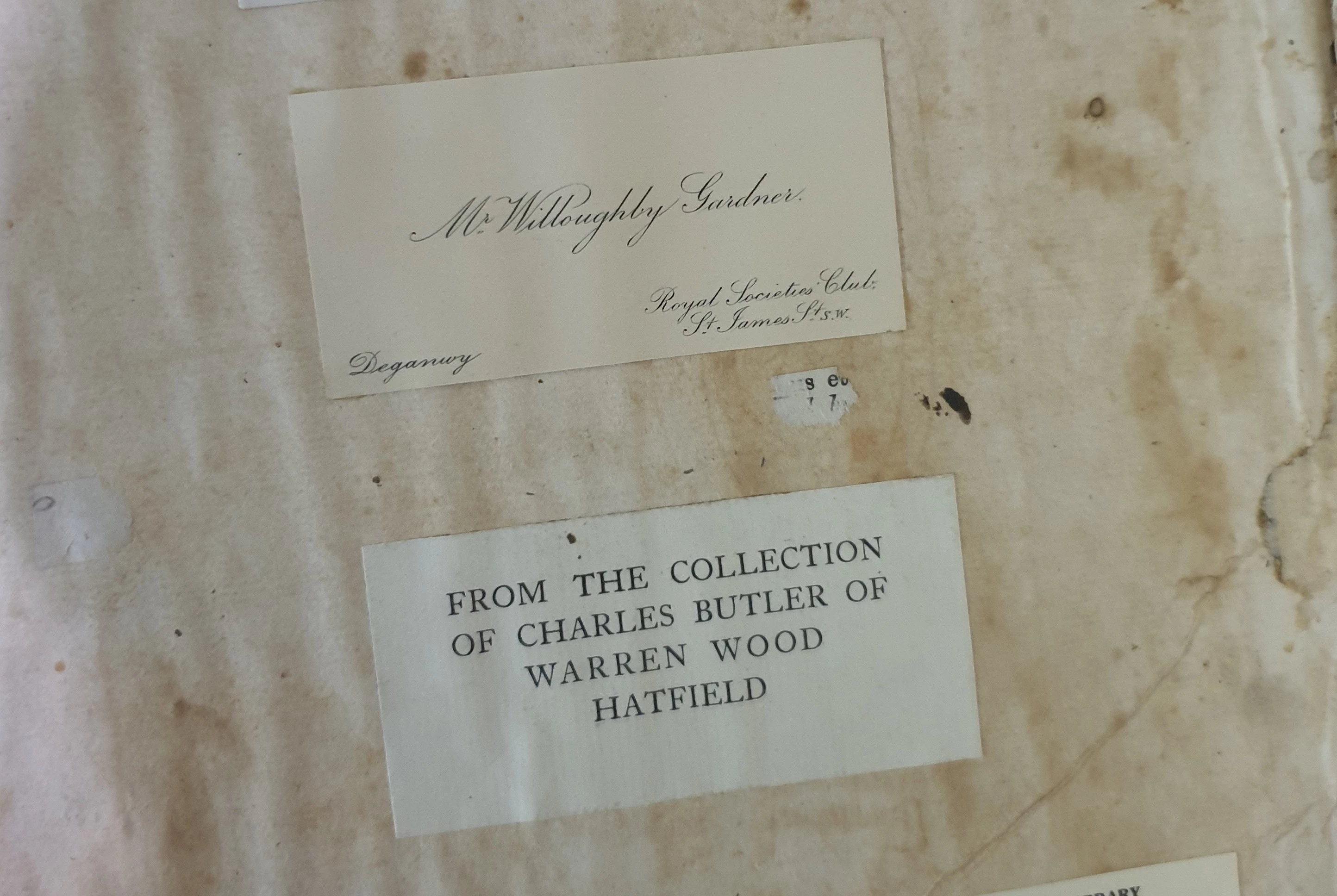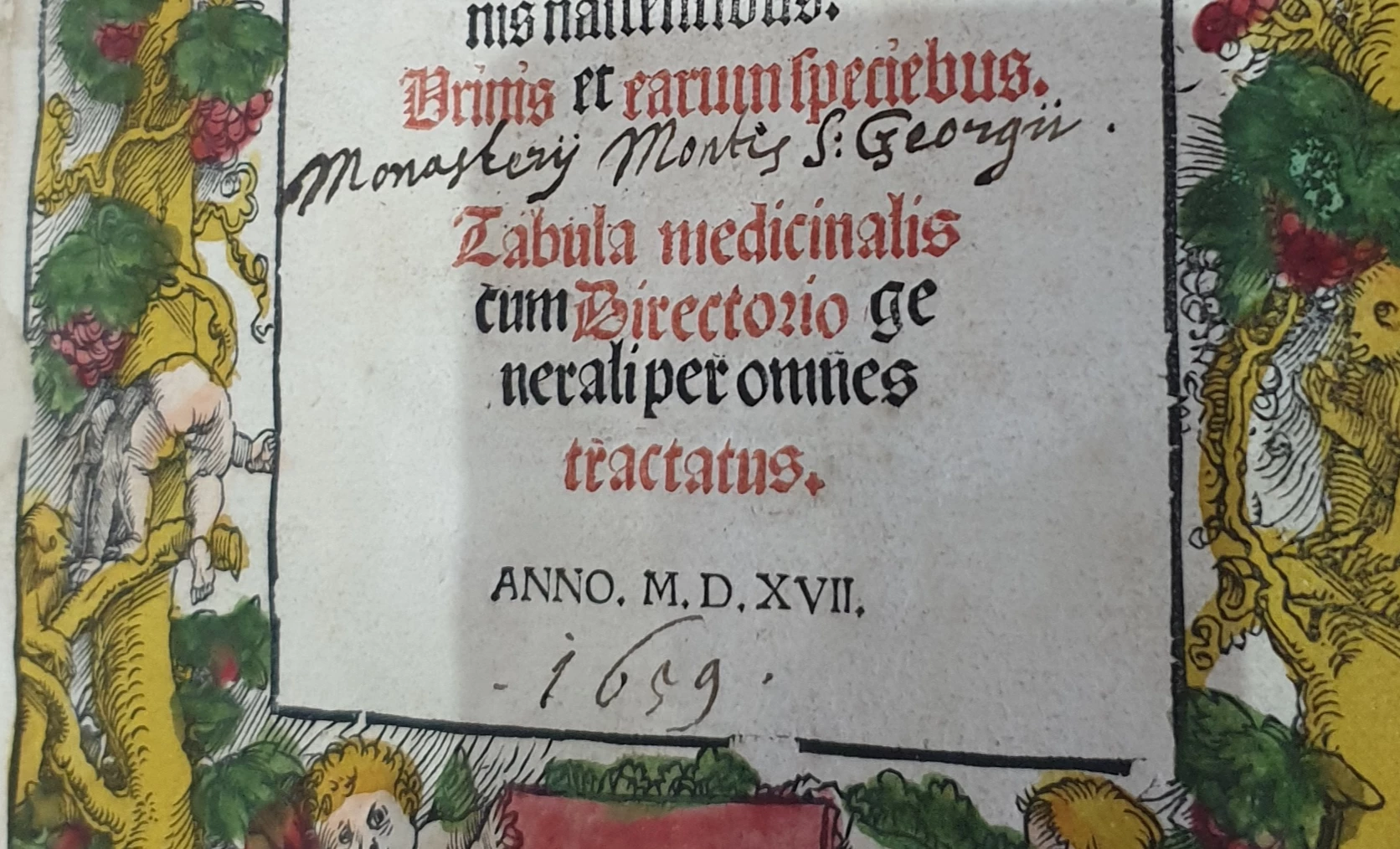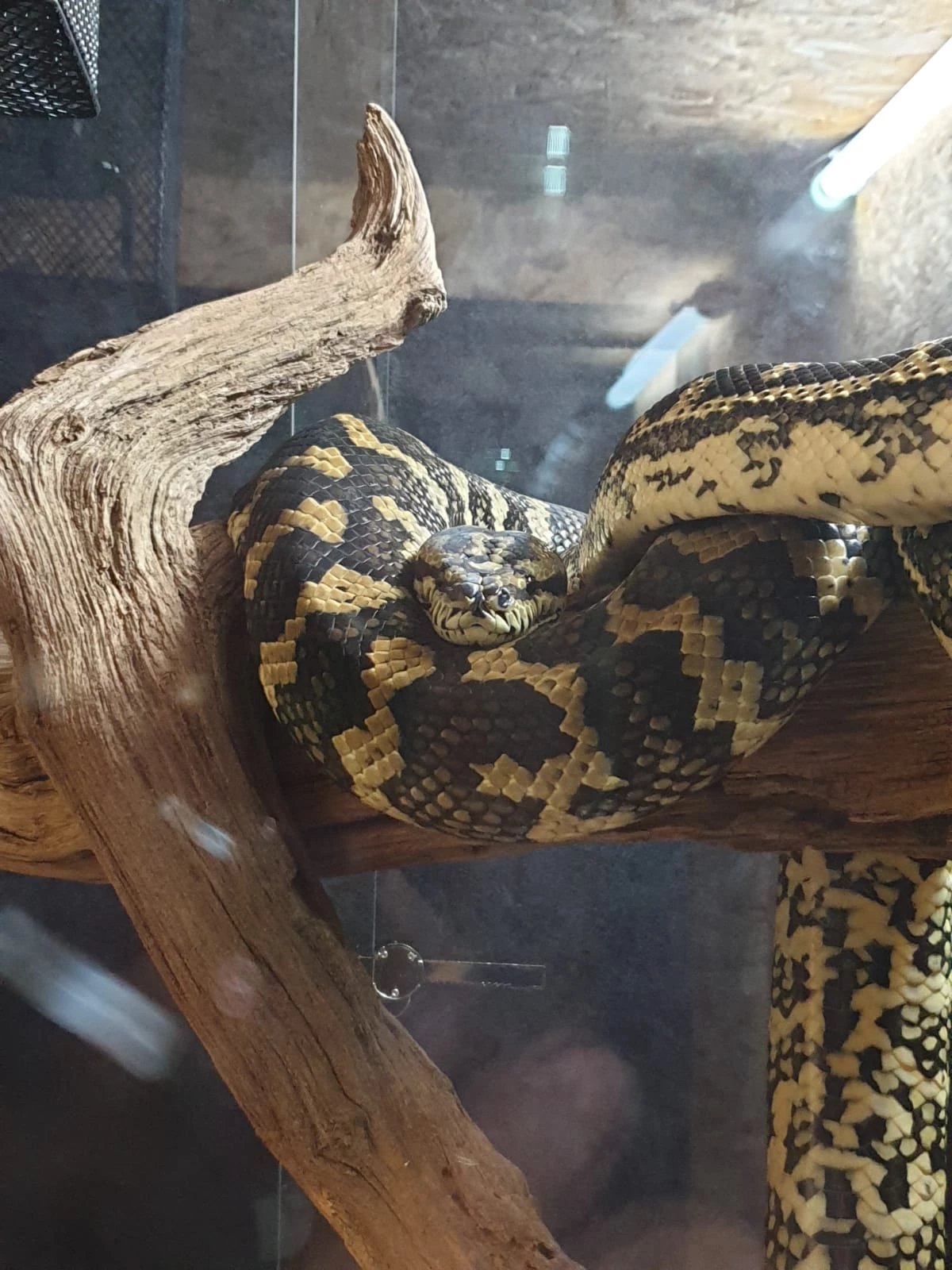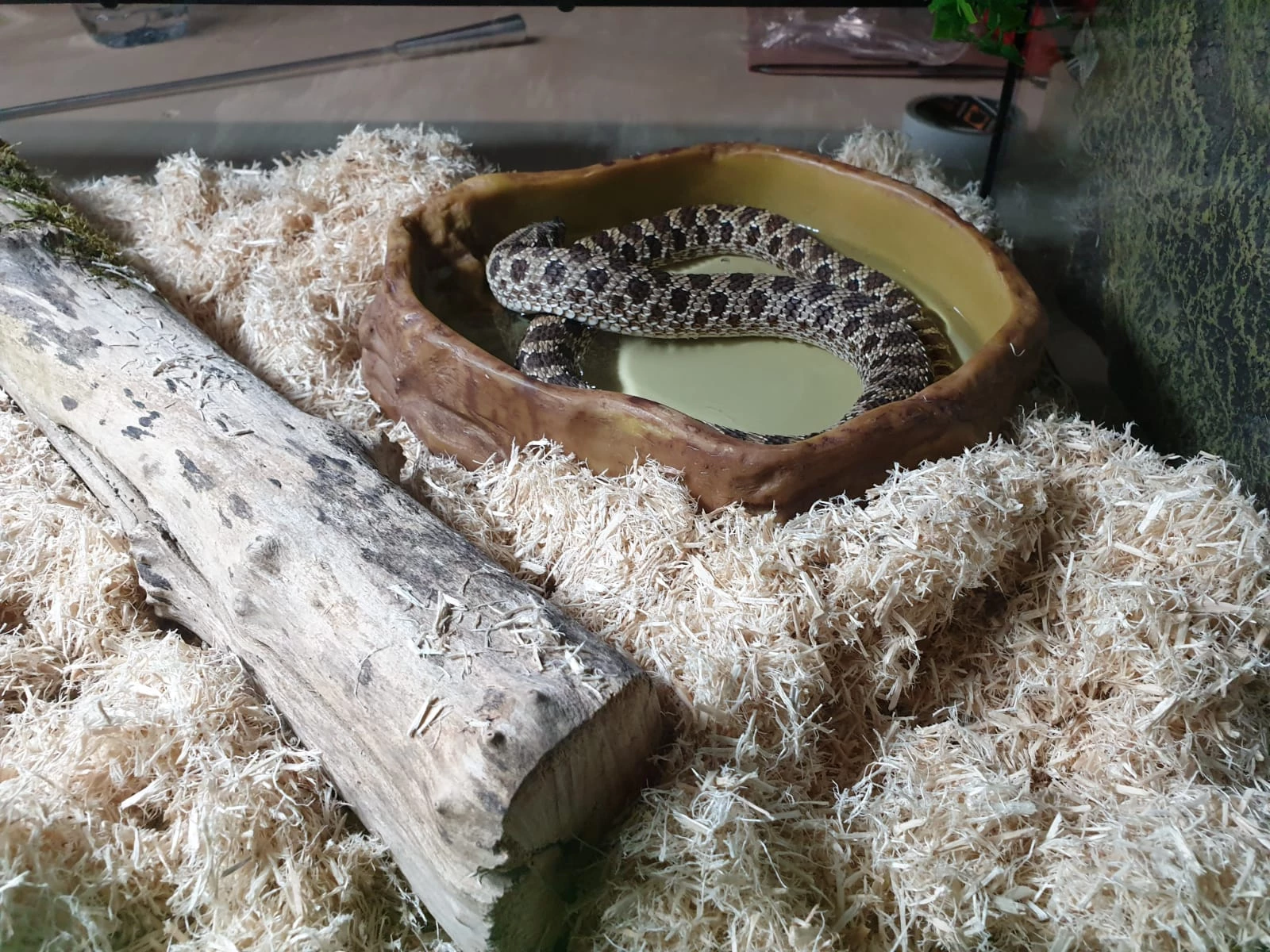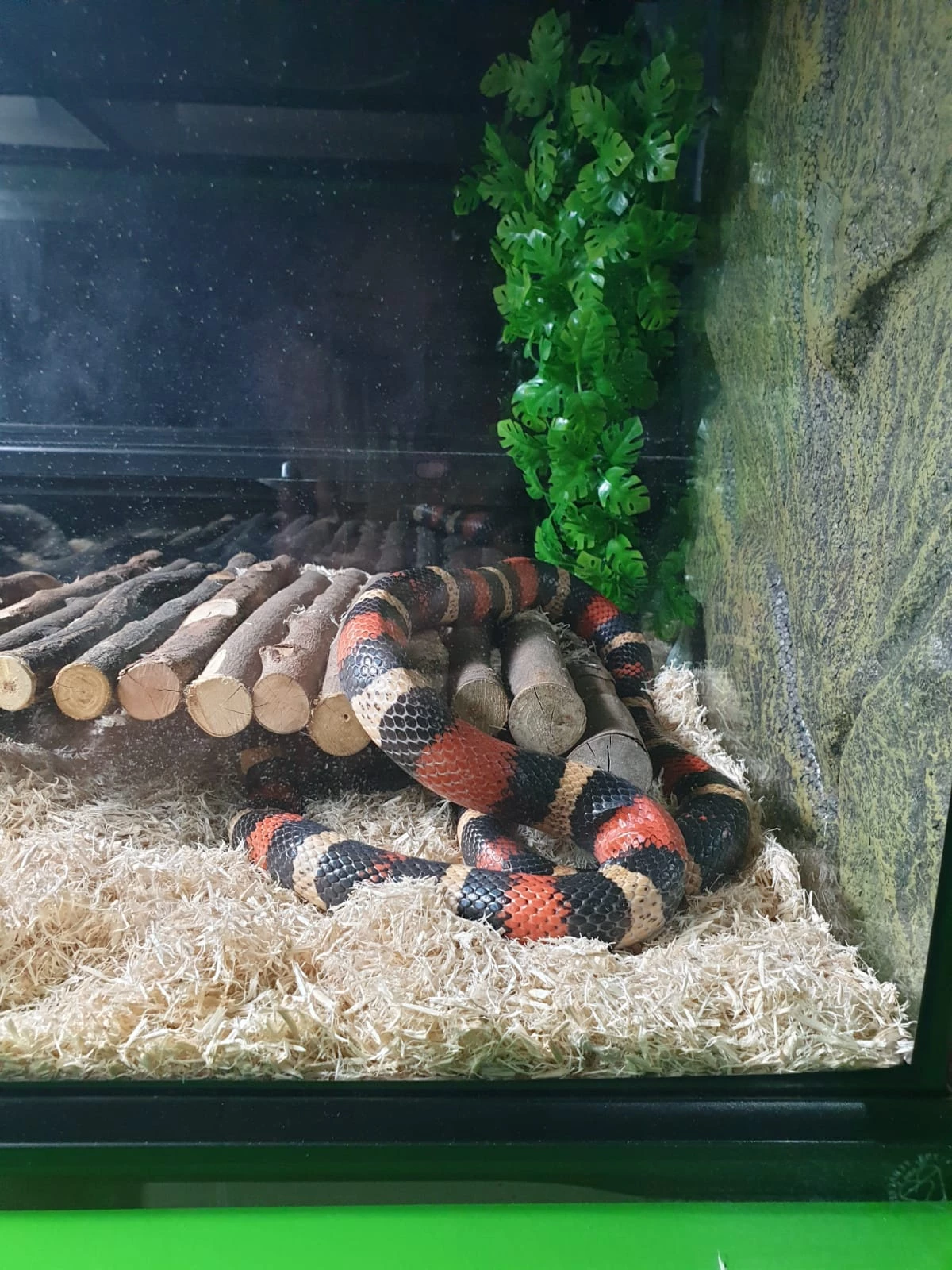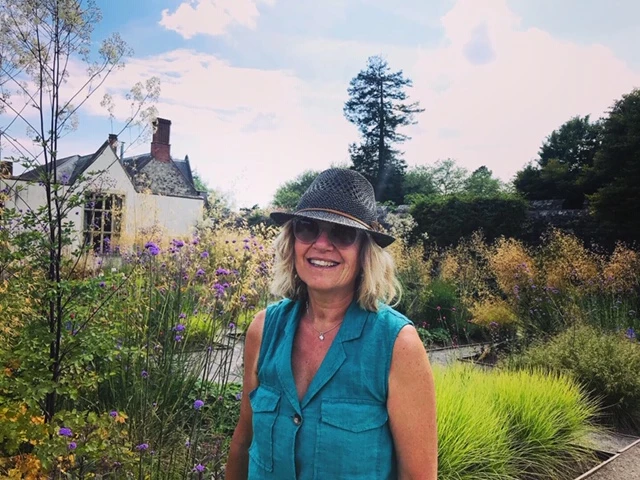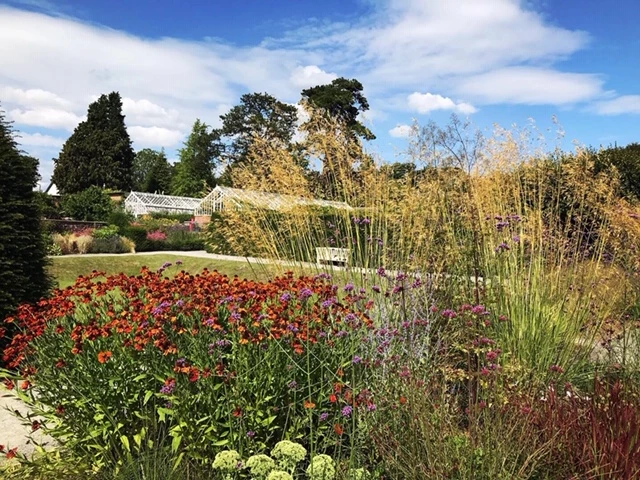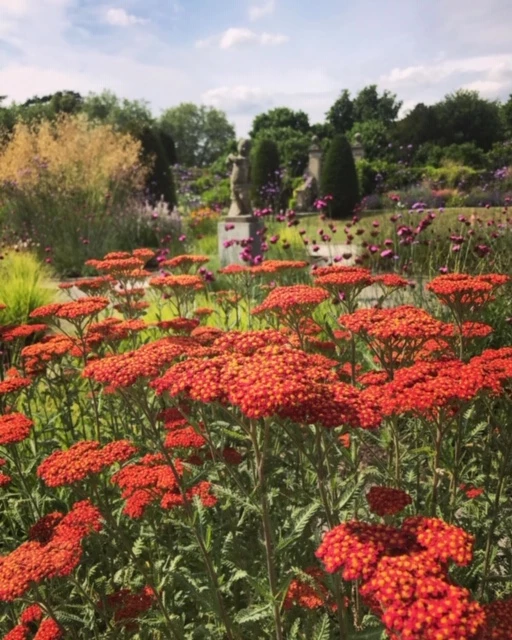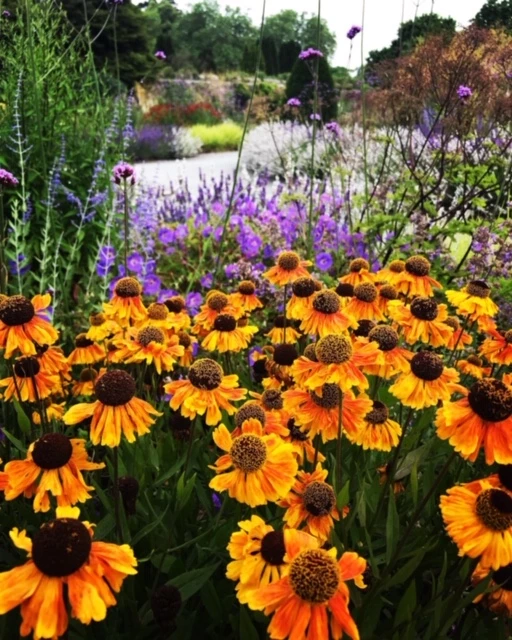Searching for Medieval Pilgrims in Pembrokeshire
, 13 Medi 2019
The shrine of St David in St David’s Cathedral, Pembrokeshire, was an extremely important pilgrimage site in the Middle Ages. Two pilgrimages there were worth one to Rome, and thousands of people would have visited before the shrine was destroyed at the Reformation.
Inspired by the ‘Beneath our Feet’ project run by Narberth Museum and Tenby Museum and Art Gallery, which is looking at the theme of pilgrimage in Pembrokeshire, Saving Treasures; Telling Stories decided to find out more. What did those long-ago travellers leave behind them?
Pilgrim Objects
Two kinds of objects were commonly associated with pilgrims in the Middle Ages: ampullae, and badges.
Ampullae were little lead scallop-shaped flasks containing holy water that were pinned to clothing or hung around the neck in the belief that they offered spiritual protection. You might expect to find large numbers of them in Pembrokeshire, with its important holy shrine.
It seemed a fair bet that local metal detectorists had found plenty over the years.
But, a search on the Portable Antiquities Scheme (PAS) database, where over a million detectorist finds are recorded, revealed some surprises.
In fact only SIX examples from Pembrokeshire have been recorded with PAS – a surprisingly small amount! Surely there should be many more?
To compare, we looked at the records for Kent, home of medieval England’s most important pilgrim destination – the shrine of St Thomas Becket at Canterbury Cathedral. Even here, only 50 pilgrim ampullae have been recorded with PAS, not such a huge number considering the many thousands of people who travelled there.
Contrast this with Lincolnshire, where 232 ampullae have been recorded, the biggest number of any county in Wales and England. Lincoln Cathedral boasted two important shrines (both to saints called Hugh), but this does not explain such a big difference in numbers.
What’s going on?
Confused, we turned to pilgrim badges. These were usually made of lead or pewter and depicted saints, letters and religious scenes and symbols. They were bought at shrines as souvenirs and pinned to clothing.
Surely lots of these cheap objects would have been lost by the visitors to St David’s?
But a search on the PAS database turned up NO examples from Pembrokeshire at all!
Even in St Thomas Becket’s Kent, no more than 11 badges have been recorded with PAS. Greater London has by far the highest number, at 119.
Then we saw that five pilgrim badges had been reported from Swansea, which seemed unusual as there was no important medieval shrine in the town. One of them was a badge of none other than Thomas Becket himself. How had that got there?
It turned out that each one of these badges had been discovered, not in the city itself, but under the sands of Swansea Bay.
Intrigued, we chose a random sample of the London badges and discovered that they had all been found in the River Thames.
We checked the find spots of the ampullae, and sure enough, two had been found on Tenby beach and two others in the coastal village of Manorbier. There was a definite watery theme!
Giving thanks?
In an age when travel was difficult and dangerous, ships were the fastest method of transport, though not necessarily safe.
So it makes sense that pilgrims going on long journeys would travel at least part of the way by water, and would be relieved and thankful when they reached the shore safe and sound. The evidence of all these badges and ampullae dug from the sands and fished from the Thames suggests that returning pilgrims threw them into the water, perhaps as a way of giving thanks for a safe return.
